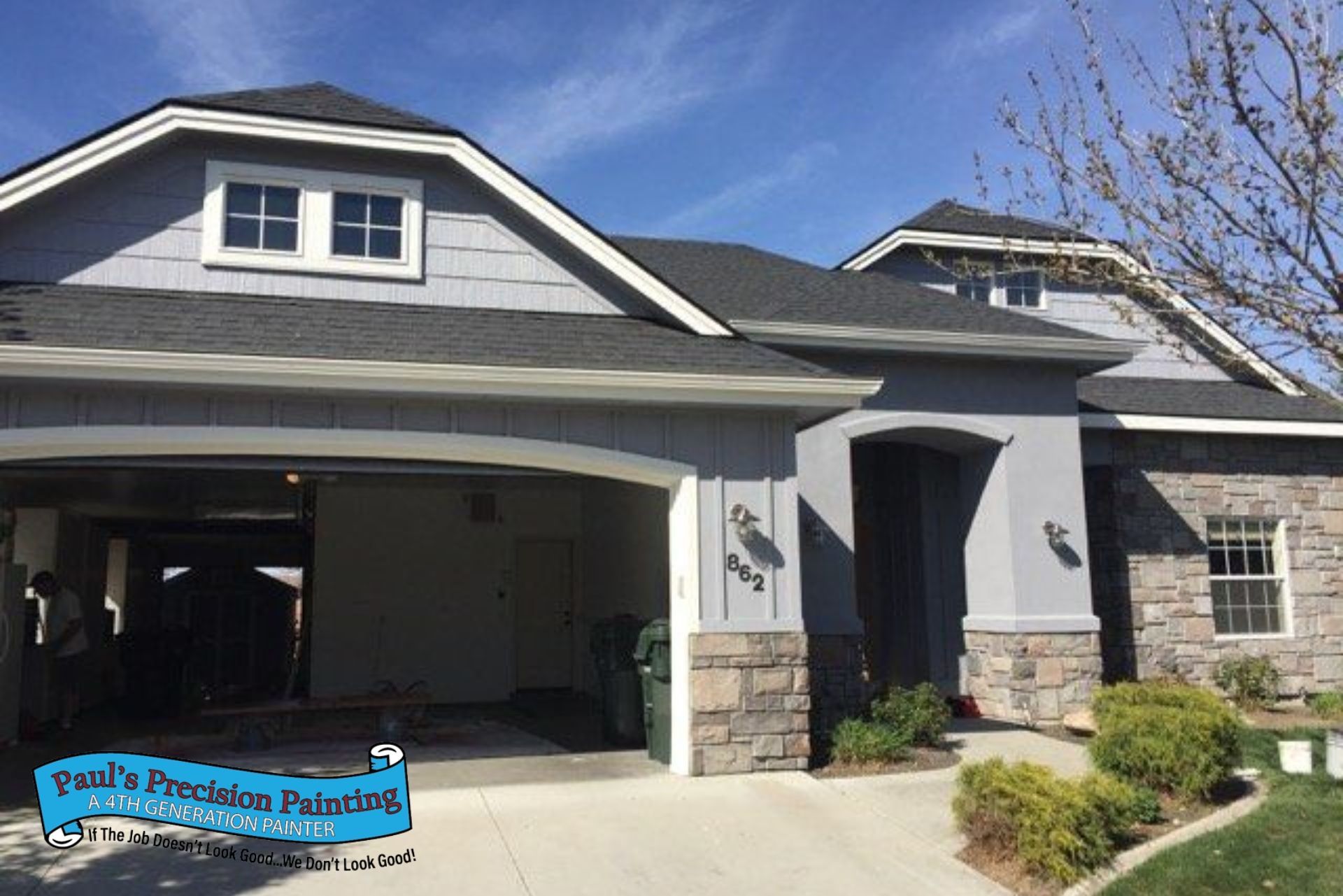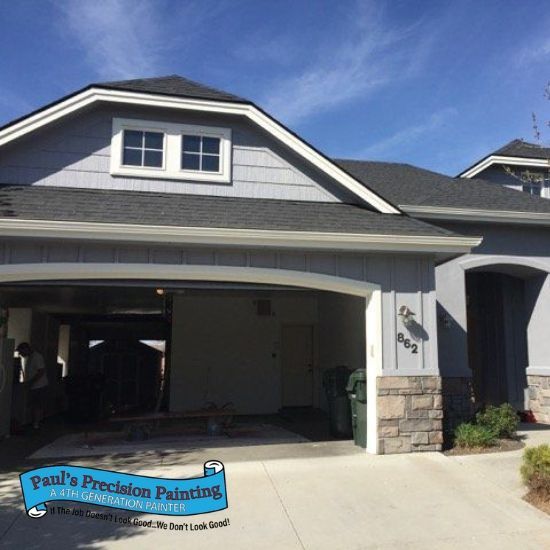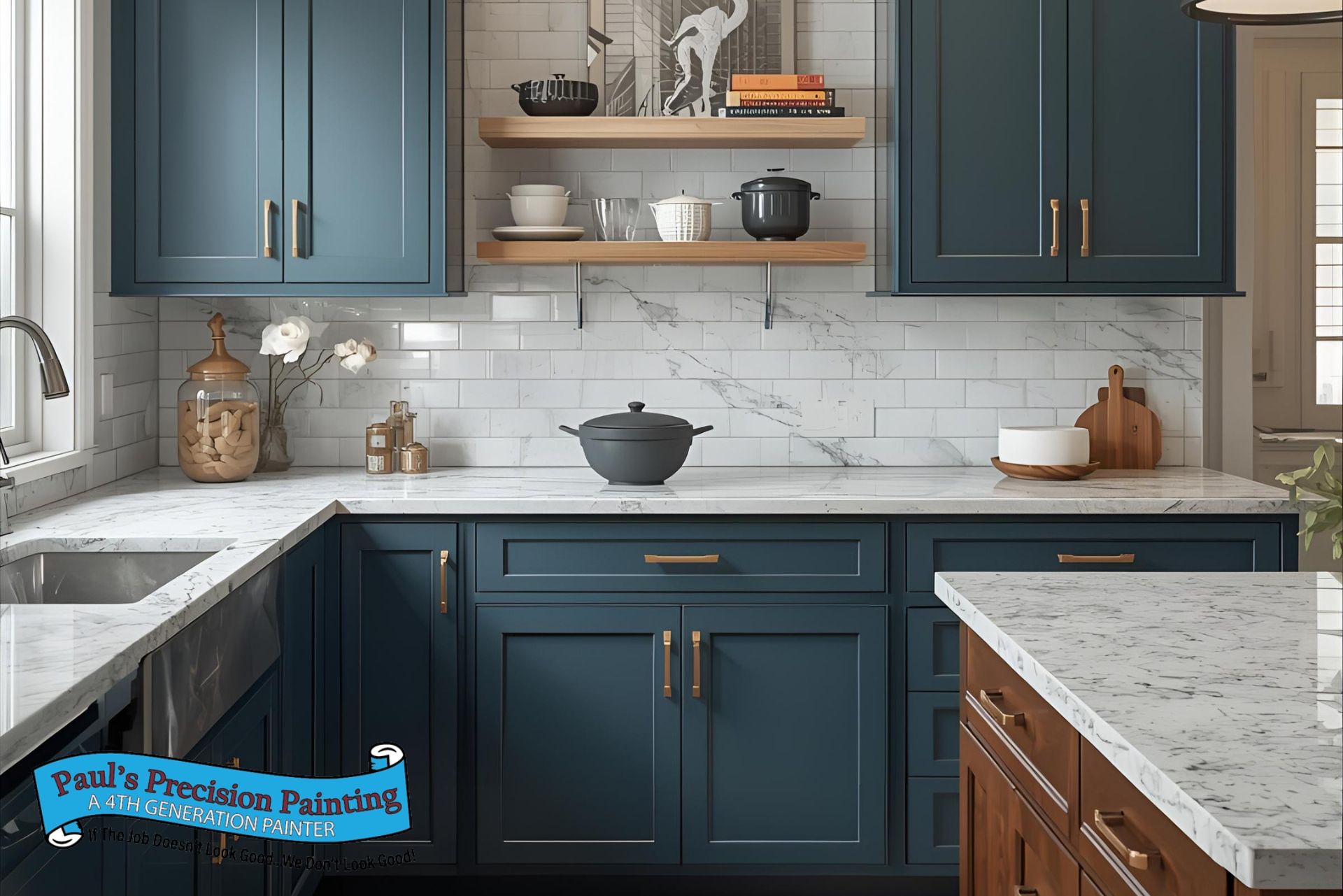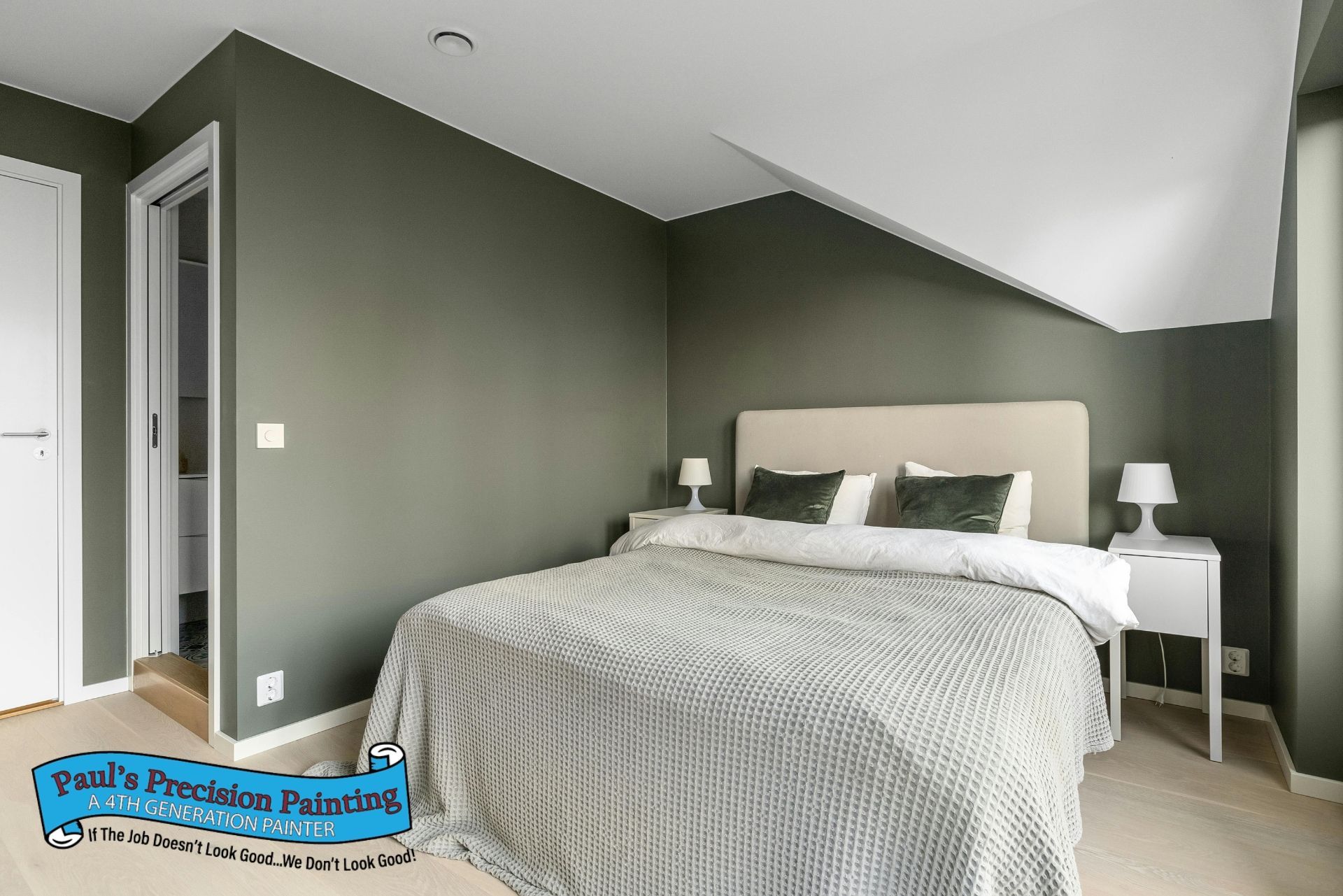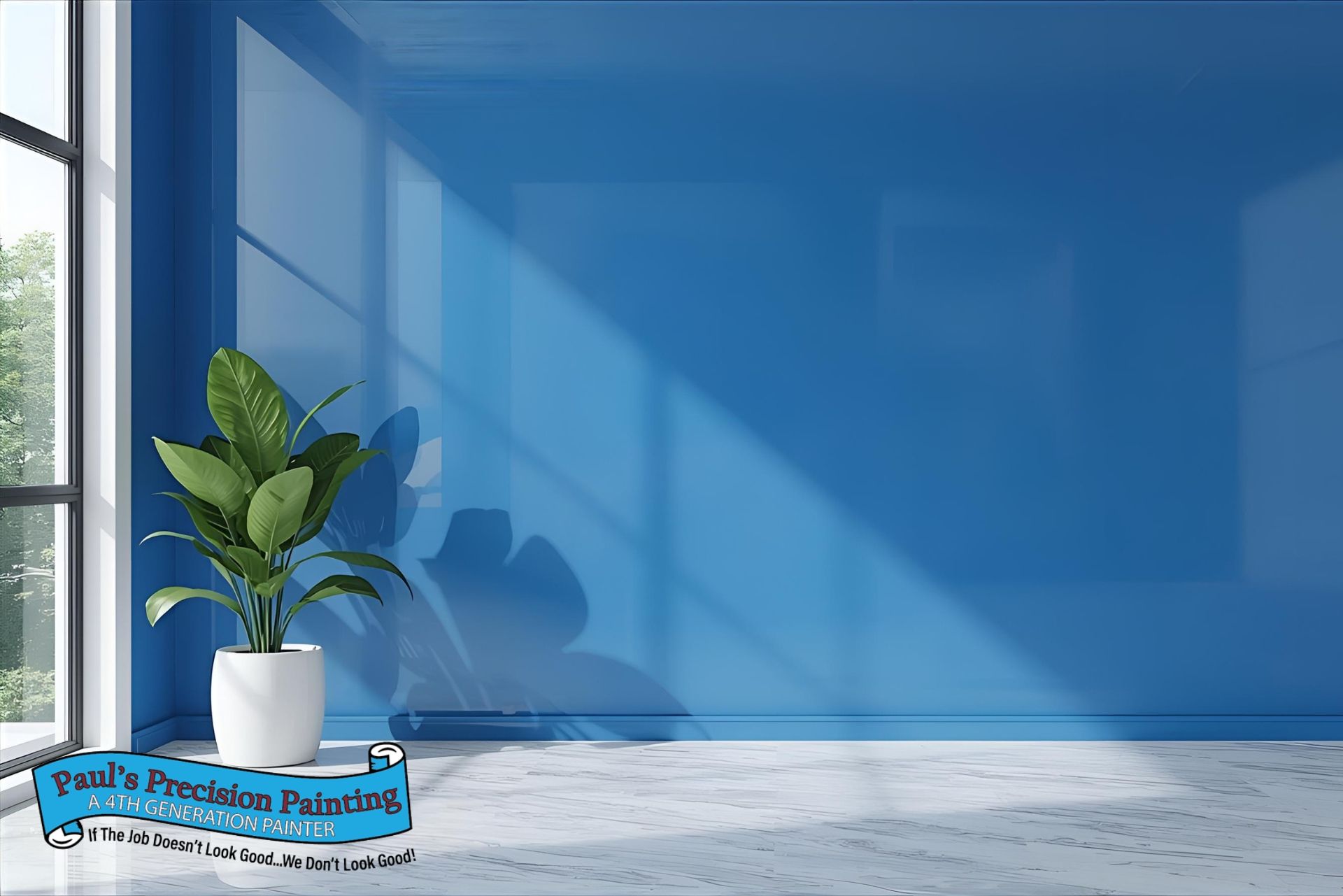Preparing for Fall: How to Maintain Your Home’s Exterior Paint
Maintaining Your Home’s Exterior Paint This Fall
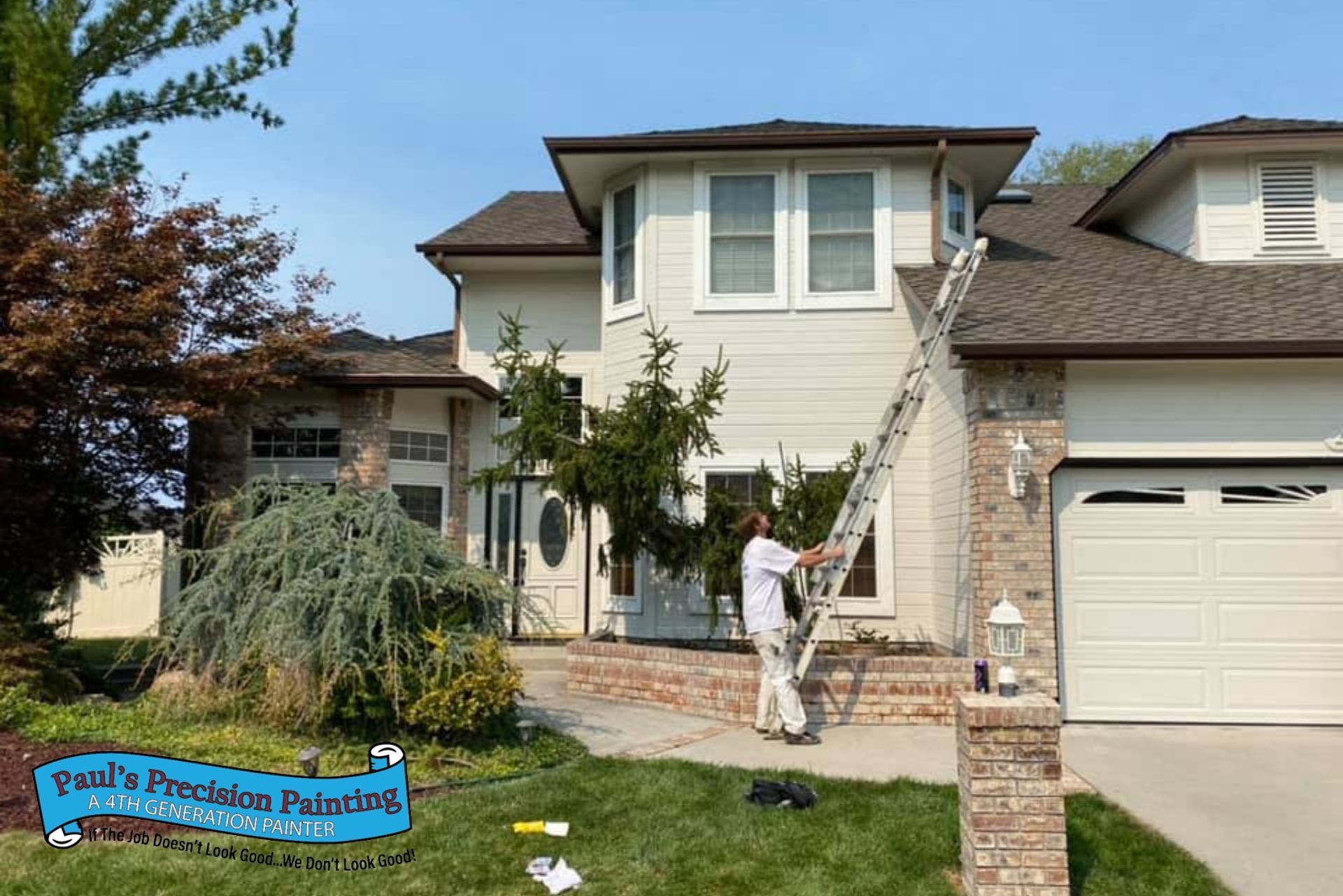
Exterior paint is your house's first defense against elements. Not only does it add a touch of curb appeal, but more importantly, it acts as a barrier that prevents water penetration, UV rays, and extreme temperature shifts from reaching the underlying structure. This protective layer should be checked periodically for integrity, especially before fall. Otherwise, premature paint failure may result in costly repairs and leave your home open to elements.
Taking proactive steps toward maintaining your exterior paint before fall can really extend the life of your paint job. Addressing minor issues, such as cracks and chips, besides proper cleaning and sealing, assures that the barrier against autumn and winter is in good shape. It won't just protect the aesthetic value of your home but also from water penetration, wood rotting, and other structural damages.
Inspect for Damage
Perhaps the most obvious but often forgotten maintenance of exterior paint is a thorough visual inspection. Walk the perimeter of your property and closely observe the paint for peeled, cracked, bubbled, or faded damage.
Pay special attention to high-traffic areas that would see more wear and tear over time, like doors, windows, and trims.
Tip: Take pictures of areas with damage, to monitor the process and not overlook any place while repairing.
Clean the Exterior
Dirt, mold, and mildew can build up on the exterior of your home, degrading your paint job before its time. Cleaning is very necessary and shall be done frequently to prevent permanent damage. You may either pressure wash or hand wash, pending the degree of dirt and the nature of the surface.
Pressure washing: This will blow off stubborn dirt and grime, but be careful with the amount of pressure used on the surface so as not to ruin the paint.
Hand washing: This is a less forceful method, hence suitable for areas or surfaces that cannot accommodate high pressure of water.
Tip: Use a very mild detergent and a soft-bristle brush to prevent scratching. rinse thoroughly afterward.
Repair Cracks and Chips
Small cracks or chips in the paint need to be repaired right away before they get worse during the fall-to-winter months. Moisture might get through those small areas that separate the paint and wood, causing the wood underneath to start to rot.
Fill in cracks in seams near windows and doors—or other seams—with exterior caulk or filler.
Tip: Sand down lightly the rough area before repainting for a smooth finish.
Touch-Up Paint
If you still have some leftover paint from the original job, use it to ensure a seamless touch-up. Unless the paint has faded, in which case it may be necessary to work with a professional exterior painter in Boise for the best match.
Layer thin coats with a small brush or roller. Allow every layer to dry before applying a fresh one. To obtain a smooth finish, feather the edges of new paint over old.
Tip: Avoid painting in extreme temperatures—early fall is best for touch-ups.
Reapply Protective Coatings
Weatherproof sealant or protective coating creates a barrier between the elements and your paint. It helps protect the paint from the action of moisture, ultraviolet rays, and other environmental factors that could cause fading and, ultimately, deterioration.
Choose from brands that are rated for exterior use. Consider applying a sealant or top coat like Thompson's WaterSeal, Minwax Helmsman Spar Urethane, or Olympic Maximum Stain + Sealant in One to your exterior surfaces.
Tip: Generally, most protective coatings need recoating during early fall when the temperatures are mild.
Trim Overhanging Branches and Shrubbery
Overhanging branches will rub your house with shrubs, thus taking away the paint gradually.
Tip: You do some trimming on a regular basis to avoid such damage and also enable proper airflow around your home to reduce moisture build-up, which promotes mildew and other troubles.
Gutters and Downspouts Maintenance
Gutters and downspouts are a crucial part of the system controlling rainwater flow, ensuring that it does not hurt the exterior of your home. If your gutters are clogged up, you could be in for overflow in the middle and have water running down the side of your house, marring the paint.
Clean gutters and downspouts before the fall rains begin.
Tip: Make sure the gutters are pitched correctly so that water runs out of them and away from the foundation and the exterior walls.
Plan for a Repaint if Necessary
If your paint is worn out, faded, or quite damaged, you might have to undertake a complete repainting.
The best time to paint an exterior would be in the early fall season when the weather is normally both mild and dry, conditions that facilitate adequate adhesion and drying for the paint.
Tip:
For larger jobs, like painting the whole exterior, you'll want to look for a professional
painting contractor in Boise.

